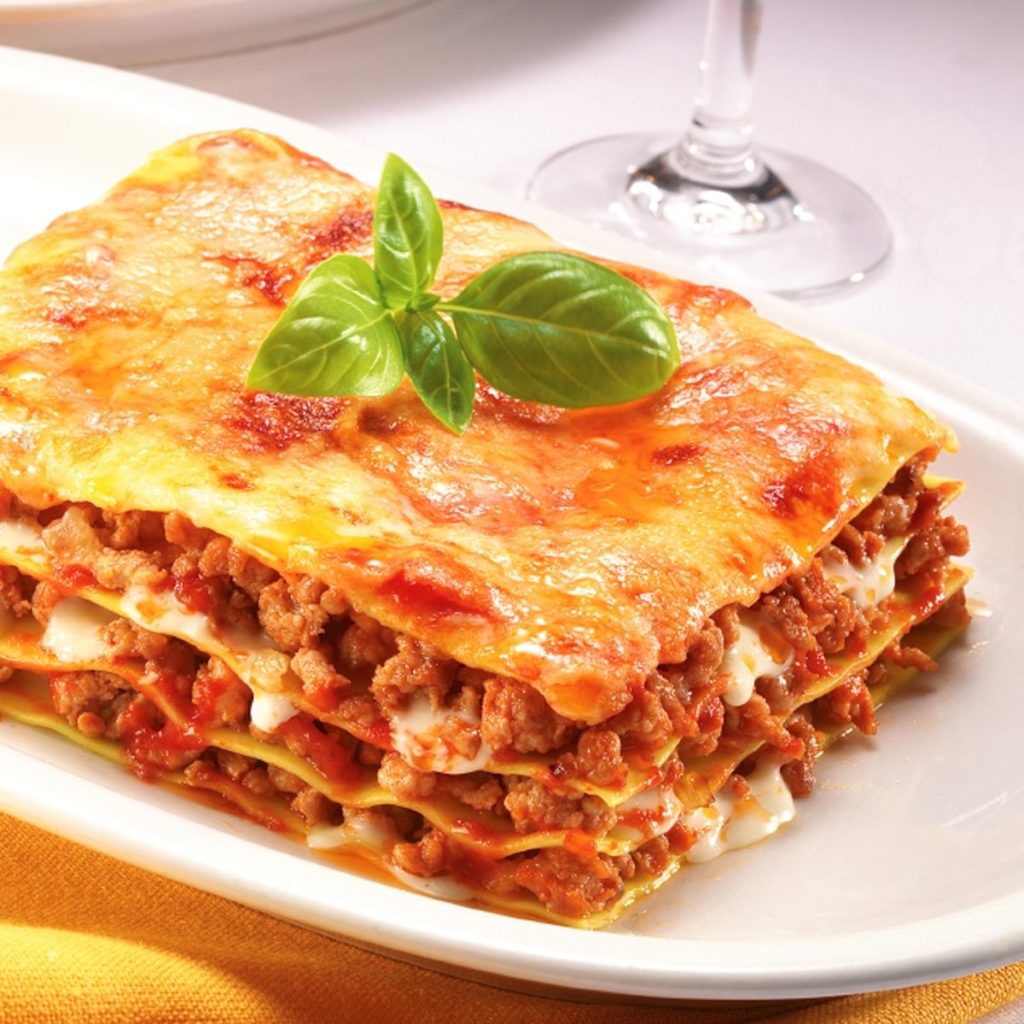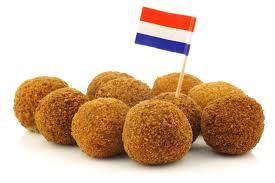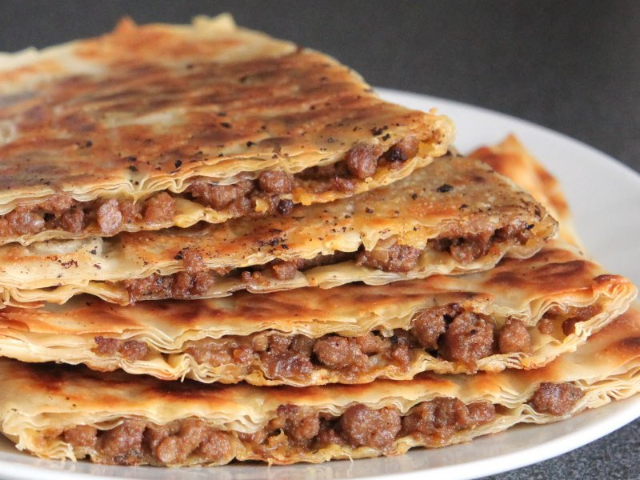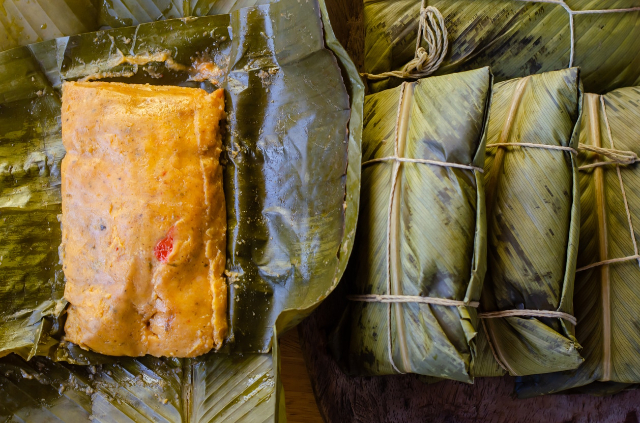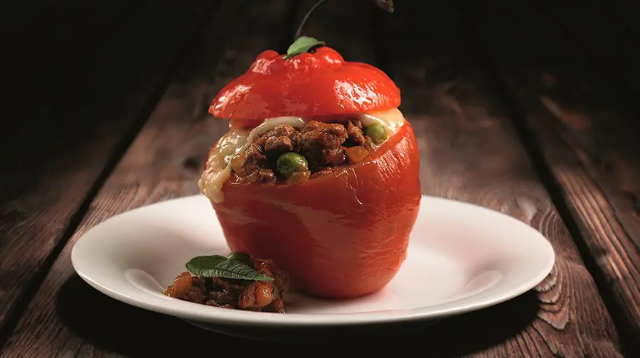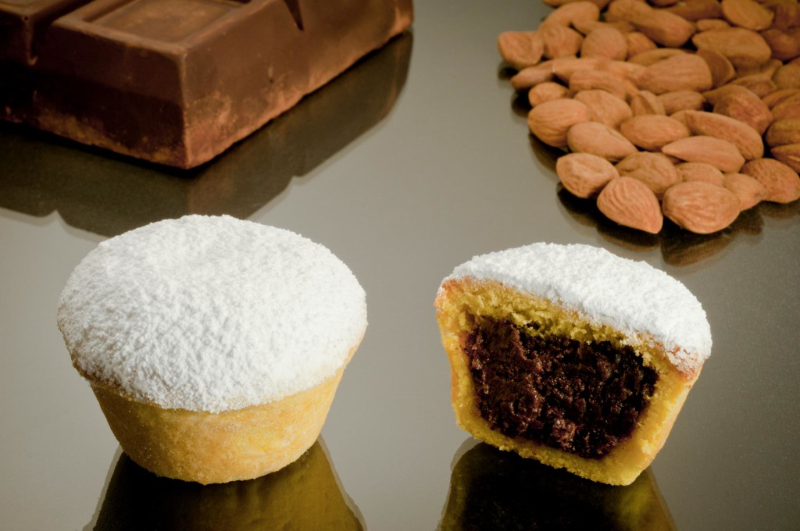Who hasn’t had lasagna bolognese with meat sauce? At least once in your life you will have.Lasagna Bolognese is a first course consisting of layers of green puff pastry (made with spinach) interspersed with layers of Bolognese meat sauce and béchamel sauce. They are then superficially sprinkled with Parmigiano-Reggiano cheese and baked in the oven.
Lasagna, whose name derives from the Latin làganum (floppy/soft), is a typical dish whose origins go back as far as Greco-Roman times.
All that remains today of the old lasagne is the name and the shape, as in the past there were variants very different from the current one. There are documents, as we are reminded by Isidore of Seville (VI/VII century), who speaks in his work Etymologiae of pasta first boiled and then fried and interspersed with pies of various meats or baked with layers of minced meat.
It is during the Middle Ages that we begin to find detailed recipe books in which lasagna begins to take its modern form.
The diffusion during this period made them so famous that numerous poets of the time praised them; Jacopone da Todi in Umbria, Cecco Angiolieri in Tuscany, fra’ Salimbene da Parma.
In Emilia, with the advent of egg pasta, during the Renaissance period, the recipe was customized using egg pasta instead of plain wheat flour pasta.
Lasagna is not only a typical dish from Emilia, but was also known in Rome and Naples, although with different recipes.
In fact, it was the Romans who first created them, as Marcus Gavio Apicius reported in some of his documents, and it seems that Cicero loved them, although the recipe was completely different from the modern one.
Modern Roman lasagna does not contain béchamel, which is considered too refined, but a meat sauce (with more tomatoes than meat) made from sautéed vegetables such as onion, celery and carrot, and is more liquid in appearance. Some use ricotta cheese others use pecorino cheese as an alternative to béchamel sauce.
In Naples, lasagna is the carnival lasagna, which is much richer and more complex, where the usual meat sauce, much tastier than the Bolognese one, is combined with fried meatballs made of minced meat, egg, Parmesan cheese and breadcrumbs. Each layer of pasta is alternated with one of meat sauce, ricotta cheese, meatballs and hard-boiled eggs cut crosswise. Once the layers are complete, sprinkle with meat sauce and pecorino cheese and bake as usual.
Apparently the King of the two Sicilies, Ferdinand II, liked lasagna so much that they nicknamed him "King Lasagna".
The lasagna of the Marche region or vincisgrassi, prepared on the most important occasions has a recipe very similar to that of Emilia.
The name vincisgrassi derives from a dialectal mispronunciation, as it seems that the lasagna was dedicated to the Austrian general Alfred von Windisch-Graetz who had fought on behalf of the Pope during the siege of Ancona in 1849.
The original recipe seems to have contained chicken giblets, marrow, bovine brains and/or truffles, although today the traces of chicken and brains have disappeared and instead a ragout of minced selected beef is created, combined with a sauté of onion, celery, carrot and tomato sauce. Everything is then boiled for at least 2 hours.
The pasta, on the other hand, is made with semolina and eggs.
Each layer is composed of meat sauce plus grated Parmesan cheese interspersed, of course, by sheets of boiled pasta (previously dried and cooled).
At the end, it is covered with abundant meat sauce, béchamel and mozzarella.
Verified, therefore, the fact that the origin of lasagna is more Neapolitan than Emilian, the codification of the original recipe seems to be due to some restaurateurs from Bologna who at the beginning of ‘900 deposited the recipe.
It seems strange that Artusi, in his "Science in the Kitchen and the Art of Eating Well" of 1891, forgot about this recipe that was so widespread in Emilia.
In 2003, the Italian Academy of Cuisine deposited the recipe for green lasagne Bolognese style with the Bologna Chamber of Commerce.
